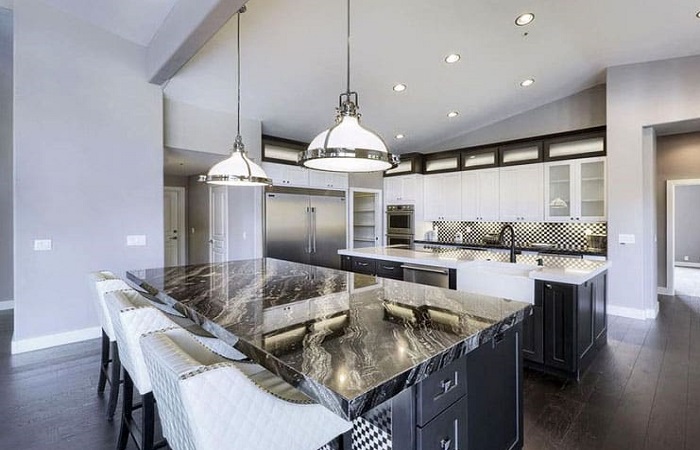Stones Most Important Building Material

Stones Most Important Building Material
Stones most important building material are to be discussed here. In recent years, there has been a reawakening in construction materials that have withstood the test of time and are environmentally-friendly. Various types of stone, including granite, marble, slate, and limestone have been embraced by architects, business owners, and homeowners to bring form, fashion, and function into homes and commercial properties.
Stones Most Important Building Material
Building Stones form one of the most important building materials in civil engineering. Construction Stones are derived from rocks, which form the earth’s crust and have no definite shape or chemical combination but are mixtures of two or more minerals. The mineral is a substance which is formed by the natural inorganic process and possesses a definite chemical combination and molecular structure. They are strong, durable and descent in appearance.

History of Stone Use in Architecture
For thousands of years, stone was used in the construction of buildings. Quarried stones were piled on top of one another to create piers, columns, and walls. In fact, entire cities were made of stone buildings with thatched roofs. As more sophisticated methods were developed for joining stones together, beautiful facades, window and door sills, columns, archways, and other accents were used in buildings. By the 19th and 20th century, architects began using different materials in construction, including cast iron and concrete for framing solutions and slabs, resulting in a decrease in the use of stone.
Replacement of Factory Workers by Stonemasons
Stonemasons who understood the structural and physical characteristics of stone were replaced by factory workers as the need for inexpensive materials was expanded. These new materials allowed for skyscrapers to be designed and developed. After these new building materials were introduced, architects used natural stone primarily for exterior cladding. However, today, architects and builders have once again begun embracing stone in the interiors and exteriors of buildings.
Present Day Stone Use in Architecture
Stone like marble and granite grace the interior areas of a residential and commercial property. These two beautiful stones are used to add interest, form, and functionality in kitchens and bathrooms. Slate and other stones are often used to create beautiful, long-lasting floors and accent walls throughout the interior spaces of buildings. Although the physical characteristics of stone remain the same, stone quarried from different areas may have different color variations.
Understanding Stone Type Differences
Architectural designers must understand the different color variations and how they affect the overall design of a residential or commercial property. Each type of stone offers distinct advantages and disadvantages that must be considered during the design process. For example, marble offers beautiful veining; however, the areas around the veins may be weaker. Granite is extremely durable; however, it is exceptionally heavy and difficult to install. No matter the type of natural stone used, routine maintenance is required.
Points for Choosing Stone Types
When choosing the type of stone to be used, the durability, appearance, workability, strength, and porosity must be considered. High moisture areas like kitchens and bathrooms require stones that can withstand high humidity levels i.e. granite, marble, and sandstone. Natural stone, including slate and granite, is often used in high traffic areas. These areas typically used tumbled stone; however, polished stone can be used. Exterior applications of natural stone include cladding, driveway installations, columns, and chimneys.
Preventing Damage in Exterior Applications
Approaches must be taken to prevent damage in exterior applications. Water damage, biological growth, and physical decay can occur if strategies are not used to protect against weathering. For centuries, architects and builders have relied on natural stone to create architectural masterpieces. These stone buildings have withstood the test of time.
Final Conclusion
Today’s architect understands that commercial and residential owners desire building materials that are environmentally friendly, durable, and long-lasting. This makes stone a solid choice. Stone is the most widely used construction material in the world. But why and what makes stones so popular?
To learn more about us, click here.
Sources
www.billwarch.com/blog/how-stone-is-used-in-architecture
alsecco.co.uk/2017/11/stone-a-timeless-construction-material/
- Back To Articles
- armani grey marble, armany grey, authentic building materials, best building stones, buiding materials, building, building materials, construction, construction materials, construction stones, grey Armany, material, materials, Natural Material, natural stone, Natural Stones, Pietra Grey Marble, Pietra Grey Marble Tiles, stone, stones, Stones Most Important Building Material
Article
Natural Stone Applications
- 22 December 2022
Iranian Stones Introduction According to Source and Quarry
- 21 December 2022
Technical Stone Introduction and Quarrying Procedures
- 21 December 2022
Categories
- blog757
- news1
- Specialized articles756













